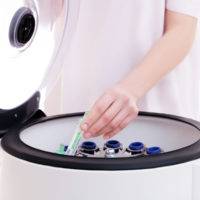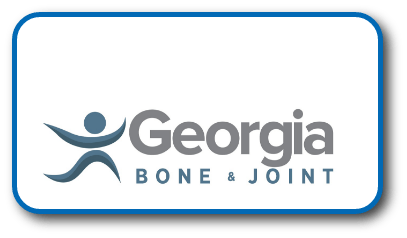
How Platelet Rich Plasma Works
The initial popularity of Platelet Rich Plasma (PRP) grew from its promise as a safe and natural alternative to surgery. Doctors who use PRP promote it as a therapy that enables healing by using one’s own natural growth factors harvested from platelet cells in the blood. In recent years, scientific research and technology has provided a new perspective on platelets. Studies are showing that platelets contain an abundance of growth factors and cytokines that can affect inflammation, postoperative blood loss, infection, osteogenesis (new bone formation), wounds, muscle tears and soft tissue healing. Research now shows that platelets also release many signaling proteins that can attract macrophages (a cell that chews up dead tissue and debris), mesenchymal stem cells and osteoblasts that can help patients recover faster and with less pain or dysfunction.
How Long Has PRP Been Used?
Musculoskeletal practitioners began using PRP for tendinopathy (or tendon damage) in the early 1990s. The popularity of PRP grew as physicians began to see clinical results by concentrating a patient’s own blood factors. While the PRP procedure is significantly more complex than prolotherapy (targeted injections of sterile sugar solutions) and requires additional equipment to perform successfully, many clinicians have seen a more robust response, often requiring fewer treatments and improved tissue health when done correctly.
Is There Evidence For PRP?
Platelet Rich Plasma (PRP) techniques are now used in orthopedic medicine with increasing frequency and effectiveness. Clinical studies have reported that PRP use can shorten recovery time, enhance bone strength, produce bone healing in a shorter time, decrease the wound infection rate and reduce swelling and pain. PRP can be used to treat joints as well as other soft tissues. Check out our library of peer reviewed scientific evidence for more depth: https://www.georgiaboneandjoint.org/prp-educational-library/
Is PRP Safe?
While any procedure that involves a needle has a risk of bleeding, infection, or injury to soft tissues, there has never been a reported case of severe adverse reaction in the scientific literature with PRP. Patients are also educated with regard to realistic short-term and long-term expectations. No cellular medicine therapy is a “time machine”; that is, a middle-aged knee will not become the knee of a 19 year old after a cellular medicine procedure. And the patient’s pre and post procedure rehabilitation is just as important as the injection procedure (and in many cases the patients may not need an injection at all if their physical therapist is highly skilled).
Does PRP Hurt?
Because the injection of PRP causes temporary local inflammation (constructive and healthy inflammation), pain should be expected after the procedure for up to 3 days. However, the use of platelet rich plasma with reduced white cells (also called leukocyte poor PRP or LP-PPP for short) causes much less discomfort after a procedure (ask your doctor about their PRP preparation).
What to Expect After PRP
Nonsteroidal anti-inflammatory drugs (NSAID’s) and are avoided 1 week prior and several weeks after the procedure so as not to interfere with the effects of growth factors and the constructive inflammatory healing response. Although the follow-up protocol may vary, patient specific physical therapy is recommended prior to the procedure and reinstituted 7 to 14 days after the procedure, and it is an integral component to improve the long-term success of the procedure. While results vary with the patient’s age, the condition being treated, and the severity of the condition, improvement can be seen in as little as two weeks although many patients commonly see initial relief starting by week six. Sustained and significant relief is often present by twelve weeks and continues from there.
How Georgia Bone & Joint Can Help
For an in-depth consultation to find out if PRP or cell-based treatments are right for you, consider booking online or call 770-502-2175.
Listen to Dr. Turner’s Orthobiologics podcast at https://www.georgiaboneandjoint.org/blog/series/orthobiologics-podcast/
